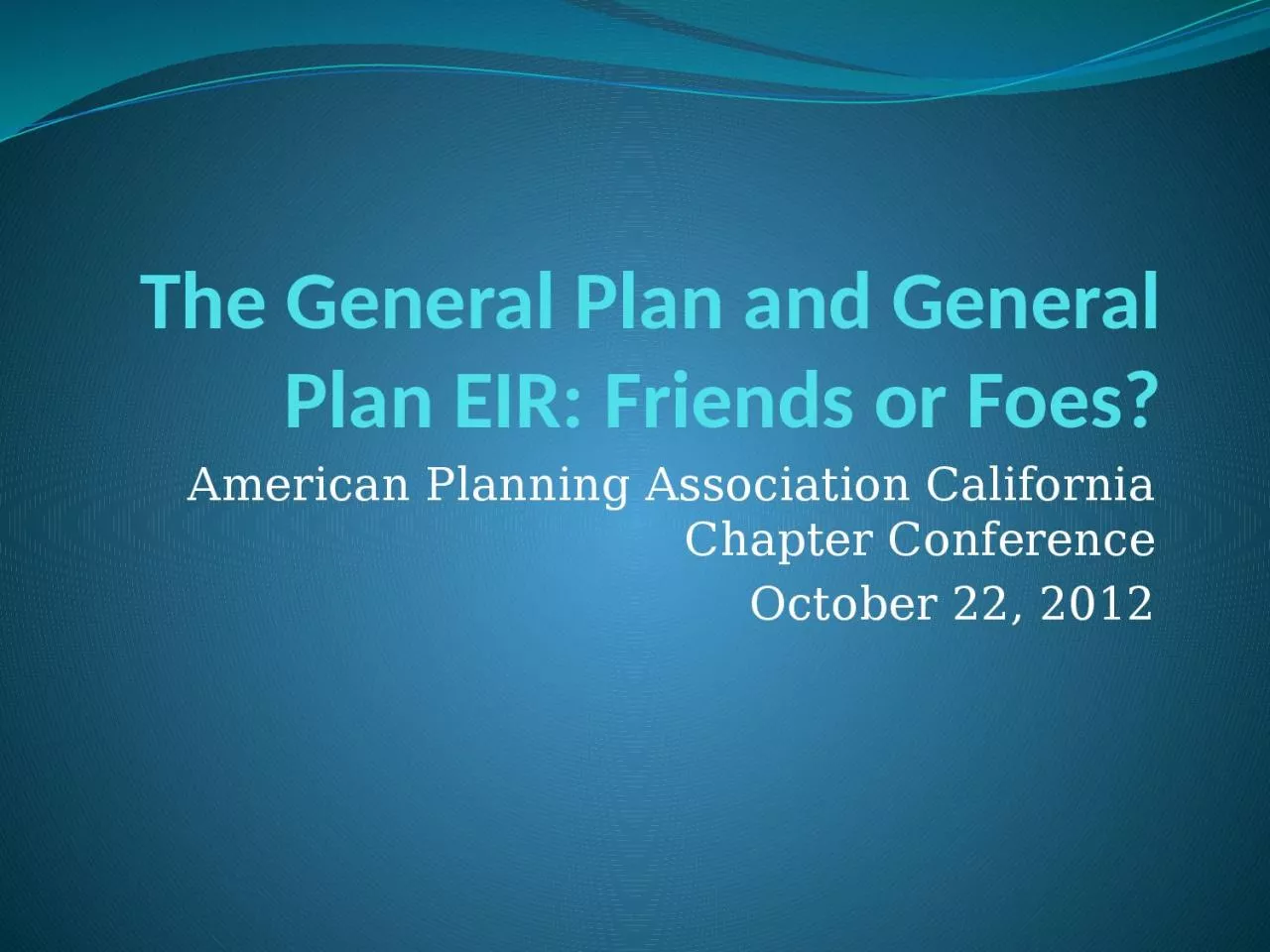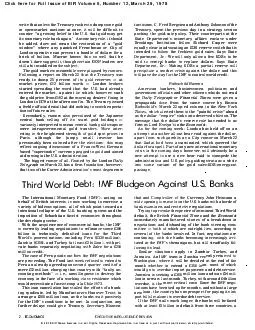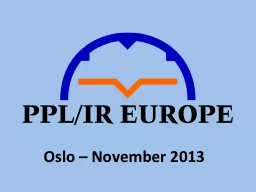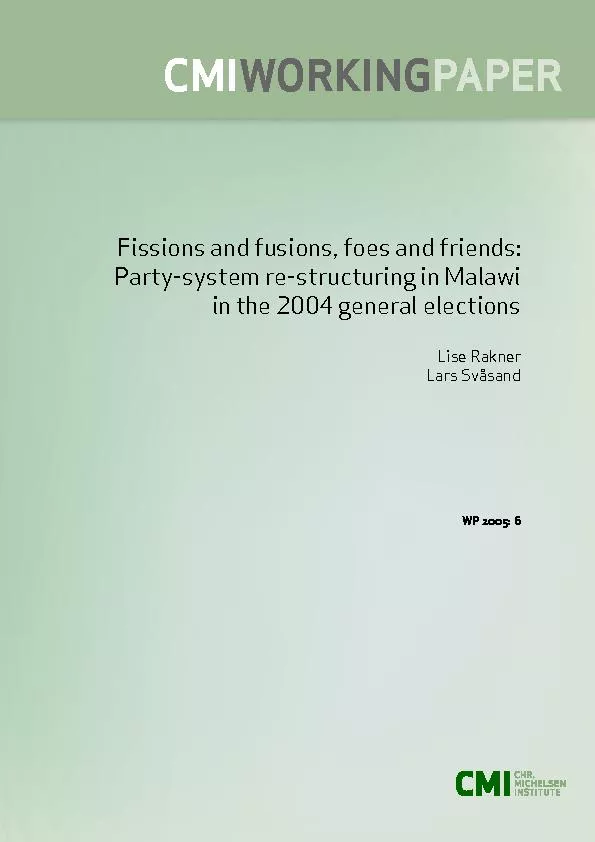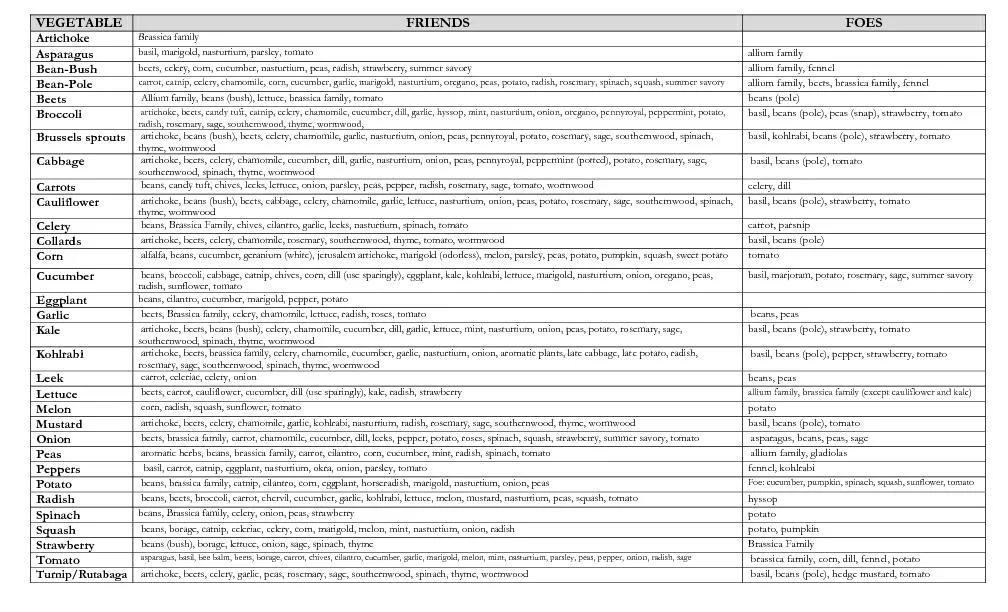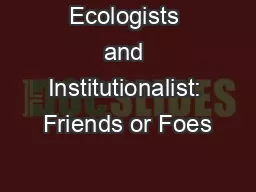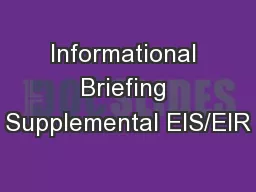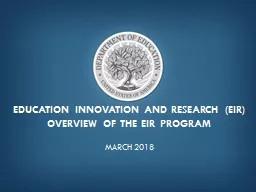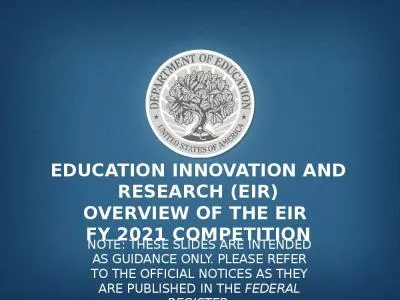PPT-The General Plan and General Plan EIR: Friends or Foes?
Author : josephine | Published Date : 2024-02-02
American Planning Association California Chapter Conference October 22 2012 The Panel Jim Harnish JD Principal Mintier H arnish Al Herson JD FAICP Of Counsel Sohagi
Presentation Embed Code
Download Presentation
Download Presentation The PPT/PDF document "The General Plan and General Plan EIR: F..." is the property of its rightful owner. Permission is granted to download and print the materials on this website for personal, non-commercial use only, and to display it on your personal computer provided you do not modify the materials and that you retain all copyright notices contained in the materials. By downloading content from our website, you accept the terms of this agreement.
The General Plan and General Plan EIR: Friends or Foes?: Transcript
Download Rules Of Document
"The General Plan and General Plan EIR: Friends or Foes?"The content belongs to its owner. You may download and print it for personal use, without modification, and keep all copyright notices. By downloading, you agree to these terms.
Related Documents

